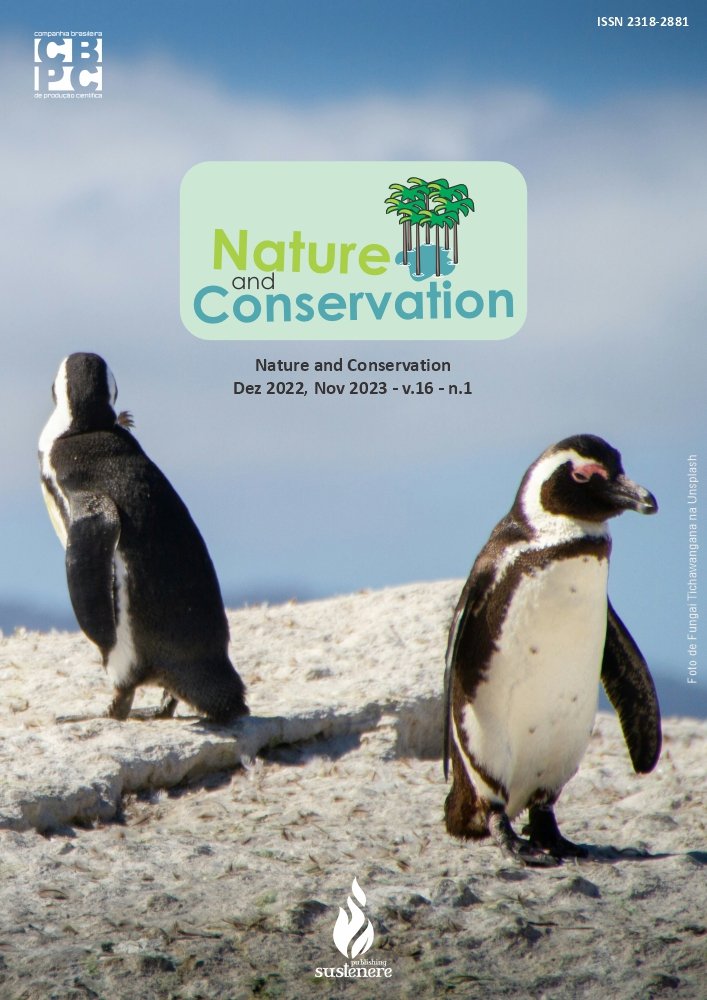Nitrification and denitrification processes: a conceptual approach
DOI:
https://doi.org/10.6008/CBPC2179-6858.2022.010.0014Keywords:
NItrification, Denitrification, Ecophysiology, Parameters operationalAbstract
Nitrogen is one of the main responsible for the eutrophication process of water bodies. Due to its high concentration in different types of wastewater, its removal through nitrification and denitrification processes has been widely used in several effluent units treatment. Thus, the present article aimed to present a review of the conventional nitrification and denitrification processes, bringing a conceptual approach, ecophysiological aspects and their relationship with operational parameters on the development of the process. The survey of data in the literature from databases (Web of Science™, Scopus and Google Scholar), regarding the steps of nitrification and denitrification, showed that both processes still need to be studied, and that there are gaps in the enzymatic path ways that govern the process. nitrogen transformation. Notably, both processes are being developed with greater efficiencies at different treatment scales, given that knowledge at the molecular level has been widely studied in the world, and the regulatory parameters of the steps have become better understood and controlled.
Downloads
Downloads
Published
Issue
Section
License
Copyright (c) 2023 Ibero-American Journal of Environmental Sciences

This work is licensed under a Creative Commons Attribution-NonCommercial-NoDerivatives 4.0 International License.
The CBPC - Companhia Brasileira de Produção Científica (Brazil CNPJ: 11.221.422/0001-03) the material rights of the published works. The rights relate to the publication of the work anywhere in the world, including rights to renewals, expansions and dissemination of the contribution, as well as other subsidiary rights. All electronically published works may subsequently be published in printed collections under the coordination of this company and / or its partners. The authors preserve the copyright, but are not allowed to publish the contribution in another medium, printed or digital, in Portuguese or in translation.









